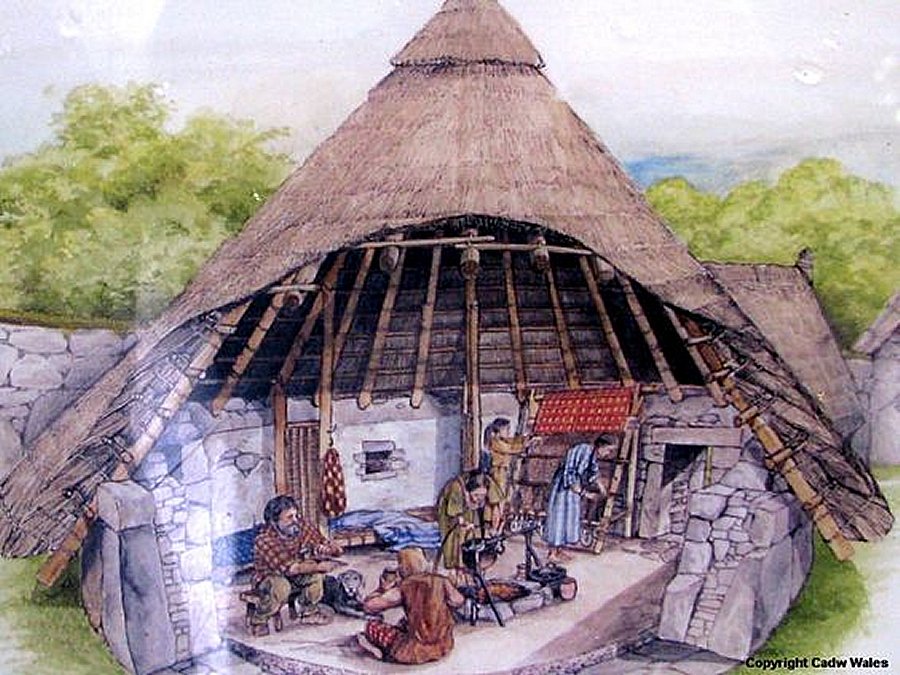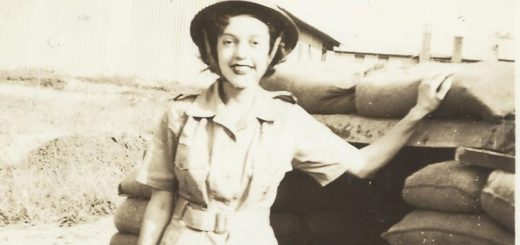Din Lligwy: Celtic Settlement In Isolated Woodland Of Anglesey, Wales
Prehistoric ruins of Din Lligwy settlement have long history that span three different eras. This is a very special place on the eastern coast of Anglesey that has experienced continual, more than 5000 year-long human activity.
The Din Lligwy Ancient Village (also known as the Din Lligwy Hut Group) represents a set of structures including a Neolithic burial chamber, an Iron Age village and an old, long-abandoned church.
It was built by the native population of Anglesey during the latter part of the Roman occupation of Wales. But the origins of the settlement may well go back into the Iron Age.

Neolithic megalithic tomb chamber is composed of eight stones of differing shapes, all supporting a massive capstone, 5.9m by 5.2m and 1.1m thick.
The capstone weighs approximately 25 tons and the chamber had a height of about 2 meters. Interestingly, there is no trace of the original cairn, although over the centuries soil has crept up around the stones.
The chamber, which dates back to the end of the 3rd millennium BC, was excavated in 1908/9 and the remains of fifteen to thirty people were found.
Earlier excavations in 1905-07 revealed hundreds of Roman pot sherds dated back to the 3rd and 4th centuries AD, many repaired with iron clamps, pottery and coins. People focused on iron working, smithing and probably smelting, which is supported by smelting hearths and iron slag found in some of building remains. It is believed that two rectangular huts contained six smelting hearths.
At first, probably Iron Age Britons lived in roundhouses; later these people were largely influenced by the lifestyle of the invading Romans. The settlement is one of several in the Lligwy Valley.



 Creators of mankind
Creators of mankind Description of “Tall white aliens”
Description of “Tall white aliens” Where they came from?
Where they came from? About hostile civilizations
About hostile civilizations The war for the Earth
The war for the Earth “Tall white aliens” about eternal life
“Tall white aliens” about eternal life Video: “Nordic aliens”
Video: “Nordic aliens” Aliens
Aliens Alien encounters
Alien encounters The aliens base
The aliens base UFO
UFO Technology UFO
Technology UFO Underground civilization
Underground civilization Ancient alien artifacts
Ancient alien artifacts Military and UFO
Military and UFO Mysteries and hypotheses
Mysteries and hypotheses Scientific facts
Scientific facts


















